Lupines: How to Grow + Care Tips
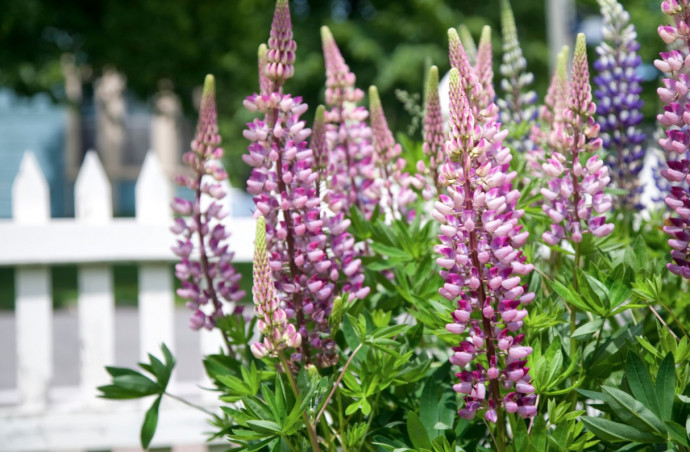
Lupines are traditional, timeless classics that have been a firm favorite among gardeners for over a long time. If you are searching for a plant that adds structure and color, and doesn’t look out of place whatever your style of garden, then look no further than the lupine. Their colorful spires of flowers are at their best in the beginning of summer, when many other plants are still in leaf, and their peppery scent will attract many bees. Discover how to grow these striking, stately plants.
The pea-like flowers of lupines grow in dense spires above very distinctive foliage. They will bloom for two months from a spring sowing or early summer from fall sown plants.
Lupines are highly attractive to bees and they fix atmospheric nitrogen in the soil.
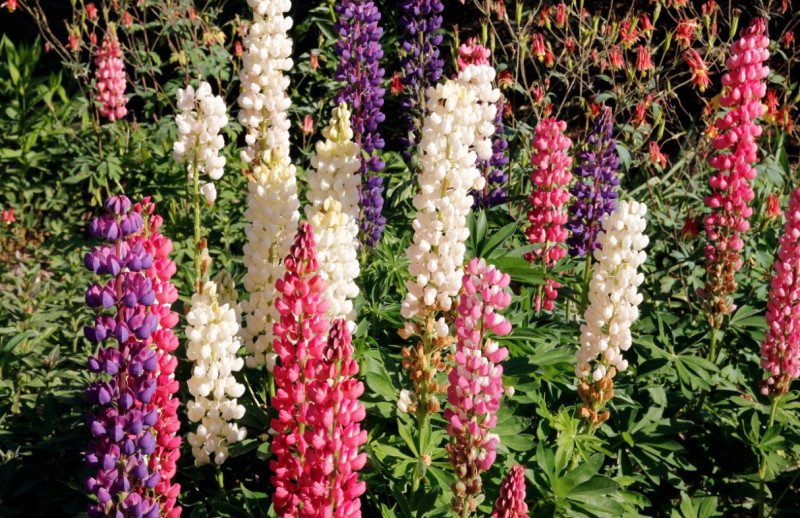
Most lupines are tall and sturdy, ideal centerpieces for herbaceous borders, but this week’s free seeds are for a shorter variety called ‘Pixie Delight’.
Growing to just 16in tall, they look fabulous towards the front of borders. Their flower spikes come in pastel pinks and blues, with some white. Sow them in groups of 10 to 20 plants for the best effect.
Ensure a longer flowering period by sowing batches of seeds every few weeks. Sow them in curves or spirals, for a more informal display.
Depending on the variety and your zone, lupinee flowers will bloom from early spring through the first weeks of July. As a result, I recommend planting them with some late blooming, summertime favorites — zinnia, rudbeckia, daisies — to keep the color going well into fall. Plants are deer-resistant and their flowers attract many important pollinators like bees, butterflies and hummingbirds.
Sowing your lupine seeds
- Lupine seeds can be sown now where you want them to grow.
- Prepare the soil by removing weeds, stones and other debris, and raking it to a fine tilth.
- Water the sowing area, and then sow seeds thinly on the soil.
- Carefully rake the soil back over the seeds and gently firm it down with the back of the rake. Label the area, so you don’t disturb the seeds.
- Germination takes 14-28 days, and you can thin seedlings out soon after that to 6in apart.
Starting
If starting indoors, scarify seeds by chipping, or soak in water for 24 hours prior to sowing. Sow shallowly (1/8″ deep), and maintain a coolish soil temperature of 55-65°F. Seeds should germinate in 14-60 days. Be patient.
Indoor Planting
Starting lupines indoors increases their rate of survival and allows you to germinate them at a time that is convenient for you. Keep the soil moist, and place the pots in a location that receives at least eight to 10 hours of direct sun each day. If sunlight is unavailable, supplement with an artificial full spectrum, or “grow,” light. Transplant the seedlings outdoors or to very tall pots when they reach 2 to 3 inches in height, because older plants cannot be reliably moved.
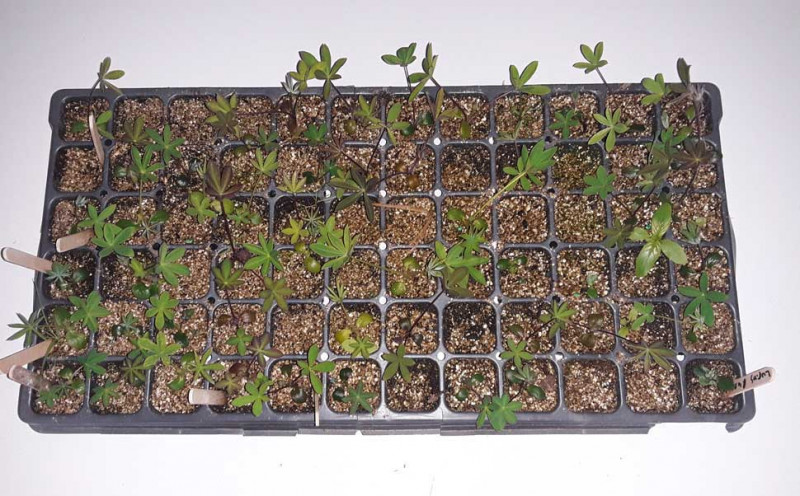
Growing
After flowering, cut down the stems to the base of the plant. Divide these big plants in early Spring to propagate certain colors. Self-sown plants tend to revert to pale blue.
Pruning Lupines
This plant has a longer recovery time than some others, so we advise against chopping back too hard after flowering. It is important to deadhead a well-flowering Lupine, however, as growing lots of seeds will drain energy and vitality from the parent plant.
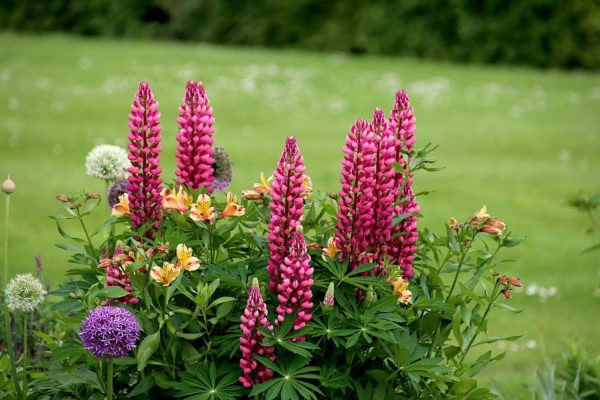
Ongoing care
Lupines are diligent food-finders and don’t need any special feed. In fact, adding high-nitrogen plant feed can make them grow too much, and increase the risk of attracting the aphids we mentioned earlier. In winter, Lupine care is just a case of doing… nothing! They will die back, then new shoots will appear in spring with no intervention required.
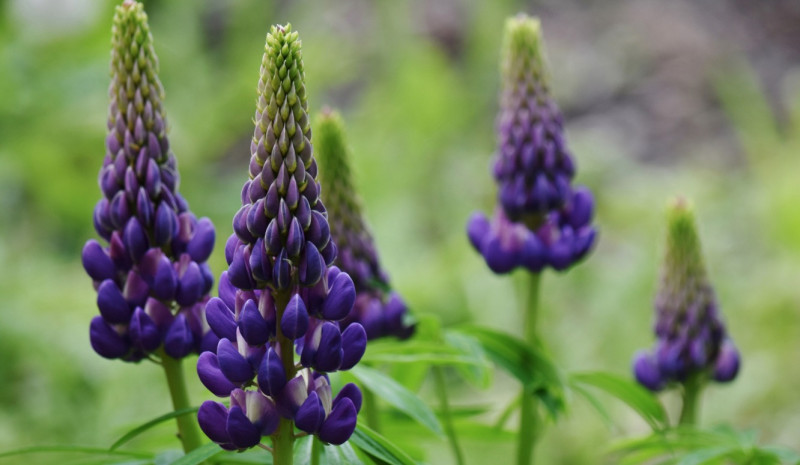
This really is a hardy and self-sufficient plant – perhaps one of the reasons it’s become such a staple in many gardens.

You cannot divide Lupines as you suggest. These plants have a tap root that grows very deep into the ground. With older plants you can't be fortunate enough to get the entire tap root and then your plant will die.
How do I obtain the free seeds?
Thank you
Patti